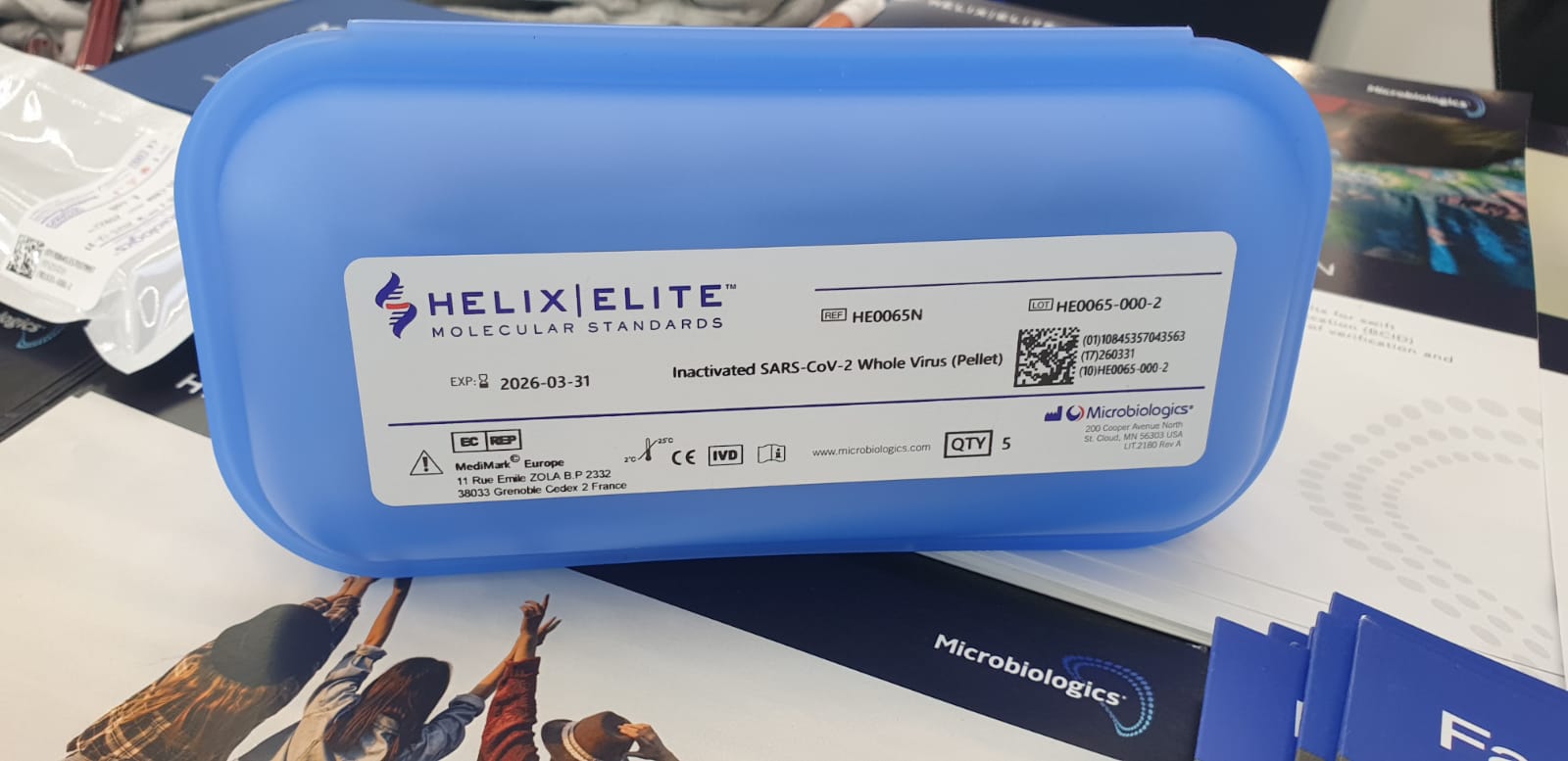Introduction
The usefulness of quantitative molecular diagnosis for patient management depends on the ability to relate patient results to previous results or to absolute values in clinical practice guidelines. To do this, those results need to be comparable across time and methods, either by producing the same value across methods and test versions or by using reliable and stable conversions. Universally available standards and specific reference materials for quantitative molecular technologies are critical to this process, but they are few in number. This review describes the recent history in setting international standards for nucleic acid test development, the organizations involved in current efforts, and future issues and initiatives.
Characterization, Establishment and Replacement of the International Standards of the World Health Organization
The World Health Organization International Standards are prepared, characterized and established in accordance with “The World Health Organization Guidelines for the Preparation and Establishment of Reference Standards for Biological Substances”. The first version of this document was written in 1978. It was revised in 1986, 1990, and most recently in 2004 in a series of meetings with representatives from national and regional health departments, vaccine manufacturers, standards organizations, and diagnostic test manufacturers. It describes the general principles for the establishment of all biological reference materials of the World Health Organization, with a wide range of intended uses: mainly vaccine preparations and immunological and biological tests. The quantification of viral targets in molecular tests is recognized in the most recent revision.
The most widely used global standards for the calibration and characterization of quantitative molecular viral assays are the World Health Organization International Standards for Hepatitis C Virus (HCV), HIV, and Hepatitis B Virus. The International Standard The World Health Organization (IS) for HCV was the first in the series and was established in 1997. It was a preparation of one unit of HCV genotype 1a high-titer plasma diluted in cryosupernatant and lyophilized. The preparation was tested with two other candidate materials in a global collaborative study in 22 laboratories during 1996. The study was conducted by the World Health Organization collaborating centre laboratory: the National Institute for Biological Standards and Controls (NIBSC) and the data was analyzed by this. in South Mimms, UK.
Methods examined included a variety of commercial and laboratory-developed assays using single, nested, or remunerated primers. Most of the data were generated by analyzing endpoint dilutions of the candidate standards using traditional (non-real-time) qualitative amplification assays, although quantitative data submitted by participants were included in the analysis. The first World Health Organization HCV SI (96/790) was assigned the value of 105 IU/mL (5 log10 IU/mL) lyophilized in 0.5 mL ampoules. The international unit is considered absolute and, in accordance with World Health Organization policies, there are no units of uncertainty associated with this or subsequent replacements. The IU of each biological preparation “has no other existence than in relation to the preparation that defines it”.
Efforts to Increase the Breadth and Depth of Standards for Quantitative Molecular Infectious Disease Testing
The traditional goal of international biological standards was to characterize vaccine preparations and establish the analytical sensitivity of assays used to detect blood product materials. This provides insight into why these materials are today single point references with no specification of recoverability when diluted to prepare quantitative standardization curves. Although the establishment of the first World Health Organization HCV IS was consistent with its intended uses, the World Health Organization and NIBSC have recognized the role that this and subsequent viral IS materials have played. in quantitative diagnosis.
A 2007 report from the World Health Organization Collaborating Centers for Biological Standards and Standardization outlines a 5-year strategic plan “to prioritize the development of World Health Organization reference biologicals for the control of clinical trials.” IVD [in vitro diagnostics] related to blood safety.” reiterating the safety of the blood supply as the primary goal. NIBSC leaders recognize that international standards are needed to standardize quantitative and qualitative molecular infectious disease assays for patient testing and are proceeding to address this area.
Recommendations for desired specifications of standards for quantitative molecular diagnostics have been communicated to the World Health Organization through consultation meetings with the organization and through working groups such as the Standardization of Genome Amplification Techniques ( SAGAT). The most persistent group in the ongoing discussion of performance specifications for international quantitative molecular diagnostic standards has been the Industry Liaison Committee (ILC), an organization of molecular assay manufacturers working towards the availability of universally accepted reference standards.
The specific interest of this group has been standards to serve the development of quantitative molecular diagnostic assays used in patient testing. In 1998, 2000 and 2002 ILC and World Health Organization sponsored meetings were convened with the World Health Organization, the US Food and Drug Administration and other standards organizations to discuss this issue. In addition, ILC has regularly presented at SAGAT meetings. Specifications discussed at these meetings included the establishment of reference materials similar to clinical samples, quantification by methods independent of current diagnostic test methods, preparations with adequate concentrations to assess the entire expected clinical range, dilution protocols, and expectations of published dilution recovery, and stability tests. (2006).

